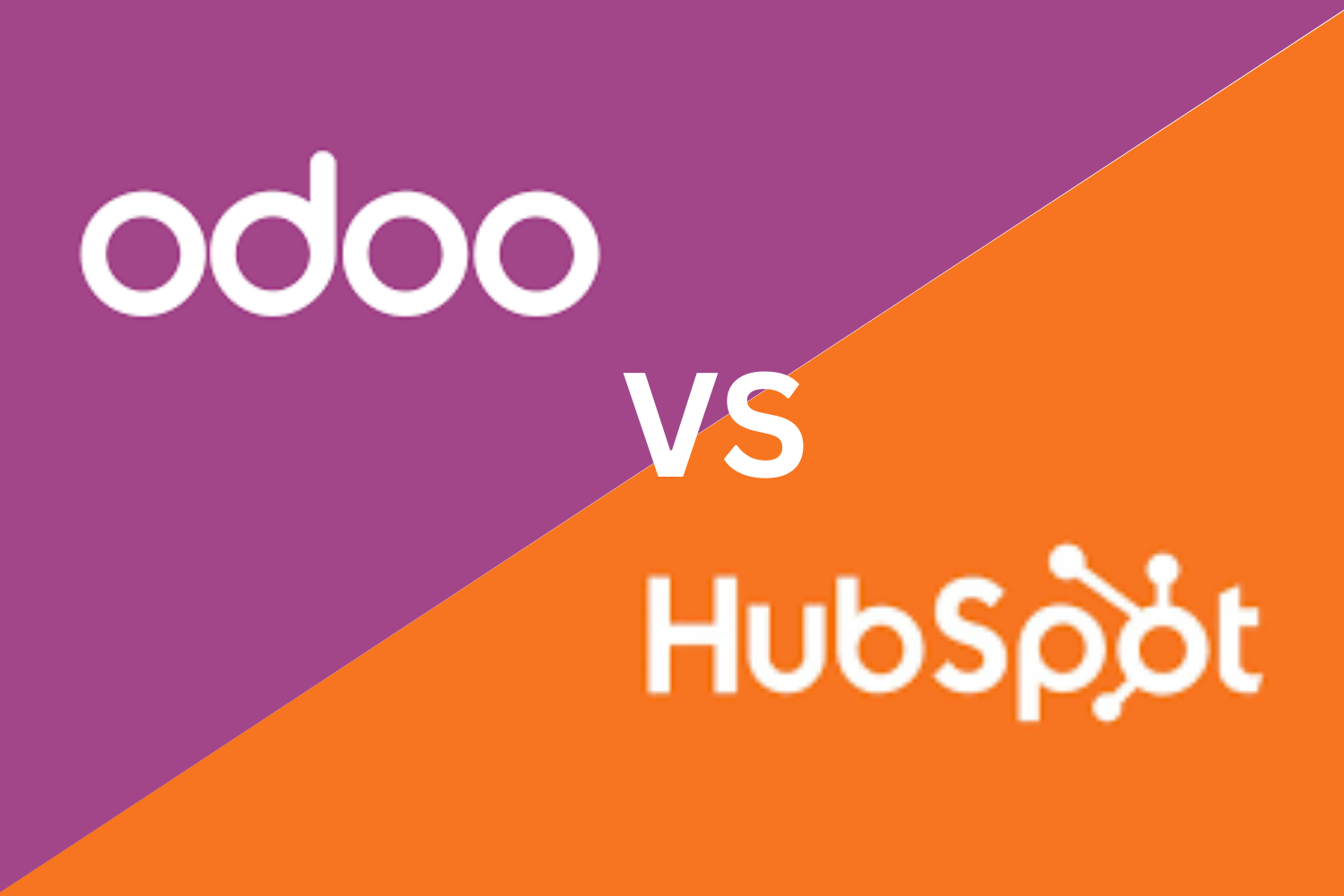Stockout cost is a silent profit killer. You’ve got customers ready to buy, but your product is unavailable. That one gap in inventory doesn’t just cost you a sale—it can cost future revenue, customer trust, and even brand reputation. This guide breaks down exactly what stockout cost means, how to measure it, and how to avoid losing money when products go out of stock.
What Is Stockout Cost?
Stockout cost is the total amount of money a business loses when a product is out of stock and unavailable for purchase. It includes missed sales, potential future purchases from repeat customers, refunds for canceled orders, and other costs tied to the disruption. Stockout cost goes beyond the price of a single item—it reflects the full impact of not being able to meet demand when it matters most.
What Makes Up Stockout Cost?
Stockout cost isn’t just about a missed sale. It includes everything your business loses when a product is unavailable. And those costs can add up fast, especially if the product is in high demand or customers are ready to buy.
Here’s what goes into stockout cost:
Lost sales
This is the most obvious one. If customers can’t buy the product, you don’t make money. That revenue is gone.
Lost customer lifetime value
Some customers would’ve come back again and again. But if their first experience is a stockout, they might never return. That means you lose future sales, too.
Canceled orders and refunds
If a customer places an order and later learns the item is out of stock, you’ll need to cancel and refund it. That takes time and money, and it can frustrate customers.
Extra customer support
Stockouts often lead to more questions—emails, calls, and chats from confused or disappointed customers. Responding takes time and resources.
Emergency restocking costs
When inventory runs low, some businesses rush to reorder. That can mean higher prices, express shipping fees, and extra costs you weren’t planning for.
Each part of the stockout cost hits your bottom line differently. But together, they create a real problem that’s worth solving before it affects your growth.
How to Calculate Stockout Cost
Knowing how to calculate stockout cost helps you see what you’re really losing when products run out. It’s not just a missed sale—it’s lost revenue you could have earned.
Here’s the simple formula:
Stockout Cost = Days Out of Stock × Average Units Sold Per Day × Price Per Unit
This gives you a quick estimate of how much a stockout costs your business.
Example:
Let’s say you sell wireless headphones for $80 each. You’re out of stock for 5 days. On average, you sell 10 units per day.
5 days × 10 units × $80 = $4,000
That’s $4,000 in lost sales in just under a week.
Bonus: You can go deeper
If you want a more complete picture, you can also factor in:
- Lost future purchases from repeat customers
- Refund or cancellation costs
- Extra customer service time
- Expedited restocking fees
Even the basic formula gives you a solid place to start. Once you know your stockout cost, you can take steps to avoid it—and protect your revenue.
What Drives Stockout Costs Higher?
Not all stockouts cost the same. Some hit harder than others, depending on what’s out of stock and how your business runs. Here are the key factors that can drive your stockout cost even higher:
Long lead times
If it takes weeks to restock a product, your store could be empty for too long. The longer the delay, the more sales you miss—and the higher the cost.
High-margin products
Running out of bestsellers or high-ticket items hurts more than cheaper ones. Losing just a few sales of high-margin products can mean hundreds or thousands in missed revenue.
Loyal or repeat customers
If most of your sales come from regulars, stockouts could mean more than one lost sale. It could mean losing a long-term customer.
Limited alternatives
If customers can’t find something similar in your store, they’ll leave. And they may not come back. Having no backup options increases the chances they’ll buy from a competitor.
Time-sensitive demand
When a product is tied to a season, sale, or trending moment, you don’t have much time to fix a stockout. Miss the window, and the sale is gone for good.
The bigger the impact of a missing product, the more important it is to prevent it. Knowing what drives up your stockout cost helps you plan smarter and protect your bottom line.
How to Reduce Stockout Cost
Stockouts happen—but they don’t have to be expensive. With the right steps, you can lower your stockout cost and keep your business running smoothly.
Here are some simple ways to reduce stockout cost:
Keep safety stock
Safety stock is your backup. It helps you stay covered during demand spikes or supplier delays. Use historical data to calculate how much extra inventory you should keep on hand.
Set reorder points
A reorder point tells you when it’s time to restock—before you run out. Automating this step makes it easier to stay ahead.
Forecast demand
Look at past sales to spot trends. Planning for busy seasons, promotions, or product launches helps you avoid last-minute surprises.
Improve supplier reliability
Work with partners who deliver on time. If delays happen often, consider finding backups or splitting orders between suppliers.
Watch your cash flow
You can’t restock if you don’t have the funds. Stay on top of your finances so you’re always ready to place an order when needed.
Use inventory software
Manual tracking leads to mistakes. Good inventory tools give you real-time data, low-stock alerts, and easier planning.
Reducing stockout cost is all about staying prepared. With better tracking, planning, and timing, you’ll sell more—and lose less.
The Hidden Impact of Stockout Cost
The cost of a stockout isn’t always easy to spot. You might notice the drop in sales, but there’s more going on behind the scenes. Some of the biggest impacts of stockout cost show up later and can be even more damaging over time.
Missed long-term revenue
When customers can’t buy what they want, they move on. Some won’t come back, even when the product is back in stock. That’s money lost now and in the future.
Lower customer trust
If your store runs out of key products often, shoppers start to lose trust. They may stop relying on your brand and shop somewhere more consistent.
Bad reviews
Running out of stock can lead to frustration, and frustrated customers leave negative feedback. A few poor reviews can hurt your reputation and affect future sales.
Higher customer acquisition costs
Losing loyal customers means you’ll need to spend more to get new ones. Stockouts can drive up your marketing costs as you work to replace the sales you lost.
Drop in conversion rates
If a product is out of stock, people can’t buy it. That lowers your conversion rate, and it can even affect how search engines rank your product pages.
Stockouts don’t just cost you money today—they can slow your growth tomorrow. The better you manage your inventory, the more stable your business becomes.
Stockout Cost vs. Holding Cost
Stockout cost and holding cost are two sides of inventory management. One happens when you don’t have enough stock. The other happens when you have too much.
Stockout cost
This is what you lose when products are out of stock: missed sales, canceled orders, and lost customers.
Holding cost
Holding cost is what it costs to keep products sitting on shelves—storage fees, insurance, shrinkage, and the risk of unsold or expired items.
Why balance matters
If you focus too much on avoiding stockouts, you might overstock—and drive up holding costs. If you try to save on storage, you might not have enough inventory when demand spikes.
The goal is to find the right balance. Enough stock to keep customers happy, but not so much that it eats into your profits.
Understanding both costs helps you make smarter inventory decisions and protect your bottom line.
Conclusion
Stockout cost is more than just lost sales—it’s lost opportunities, lost trust, and added stress for your team. Even a short stockout can have a lasting impact on your business. The good news? It’s preventable.
By keeping an eye on demand, setting smart reorder points, and using tools to track inventory in real time, you can avoid the cost of running out. Every step you take to stay in stock is a step toward better customer experiences and more reliable revenue.
The earlier you fix it, the less it costs you.





